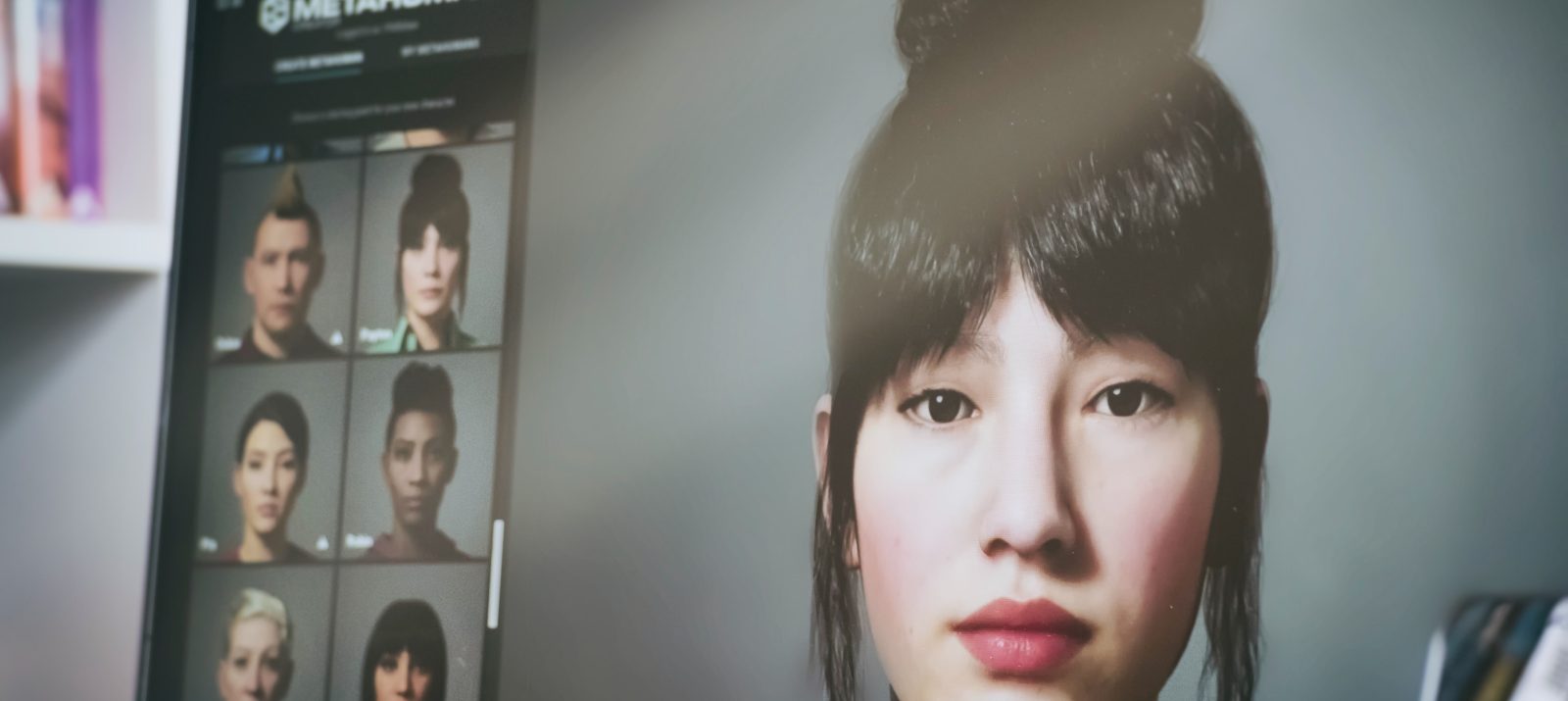
Your child is a fan of a Youtuber or streamer whose face he doesn’t know and only recognizes her by her voice and an animated character? Then it is fan of a V-tuber.
“V-Tuber” stands for Virtual Youtuber and Youtuberess. But you can also find them on Twitch or other streaming platforms. These streamers or influencers create virtual avatars, figures digitally created on a computer, with which they appear in their streams or videos. Many only show themselves with these avatars instead of their real face. The avatars are created in 3D or 2D. Often they have the style of a Disney or anime character with big eyes and colorful hair. Gender stereotypes can often be found in the process.
The 3D avatars can be compared to Apple ‘s Memoji or Snapchat ‘s Bitmoji. Some also know them from video telephony conversations, such as via Skype. Through their camera, V-Tubers can use so-called “motion capture” to record facial expressions and/or gestures, and the created avatar then imitates them simultaneously.
There are different types of V-tubers. For some, the image is similarly fixed, like other influencers sitting in front of their computers. In others, the Youtuber or Youtuberess can move around in their space, and the avatar imitates the movements. Many spend money to have the characters created by professional animators. But you can also create your own avatars with free apps.
The virtual avatar is also a kind of protection for many Youtubers. On bad days they don’t always have to smile, their avatar does it for them. It also allows them to avoid being talked about as a person. This allows them to better distinguish themselves from possible hate comments.
Children have known a talking avatar from an early age. The elephant and the mouse and other animated children’s series or game characters in games have accompanied many for a long time. So seeing an animated avatar on YouTube is not that strange for kids.
You can build the same bond with the V-Tuber as you would with other non-animated media personalities. Some, so-called parasocial relationships, are even comparable to the relationship with their friends.
It can be problematic when V-Tubers don’t reveal their real identity. They can then also not be prosecuted for any misconduct or, in the worst case, criminal acts such as fraud. They can simply delete their account if they have done something wrong.
An animated avatar is not an honest representation of oneself. The crooked nose and the pimple on the forehead are not visible on the avatars. They always look good, and can convey to children and young people that the person behind them is just as perfect.
There are still no big V-Tubers in Germany. This trend can currently be observed increasingly in the USA. But it’s only a matter of time before the first V-Tubers arrive here as well. Talk to your child about their experience with V-Tubers and think together about what it means that V-Tubers don’t show their real appearance.